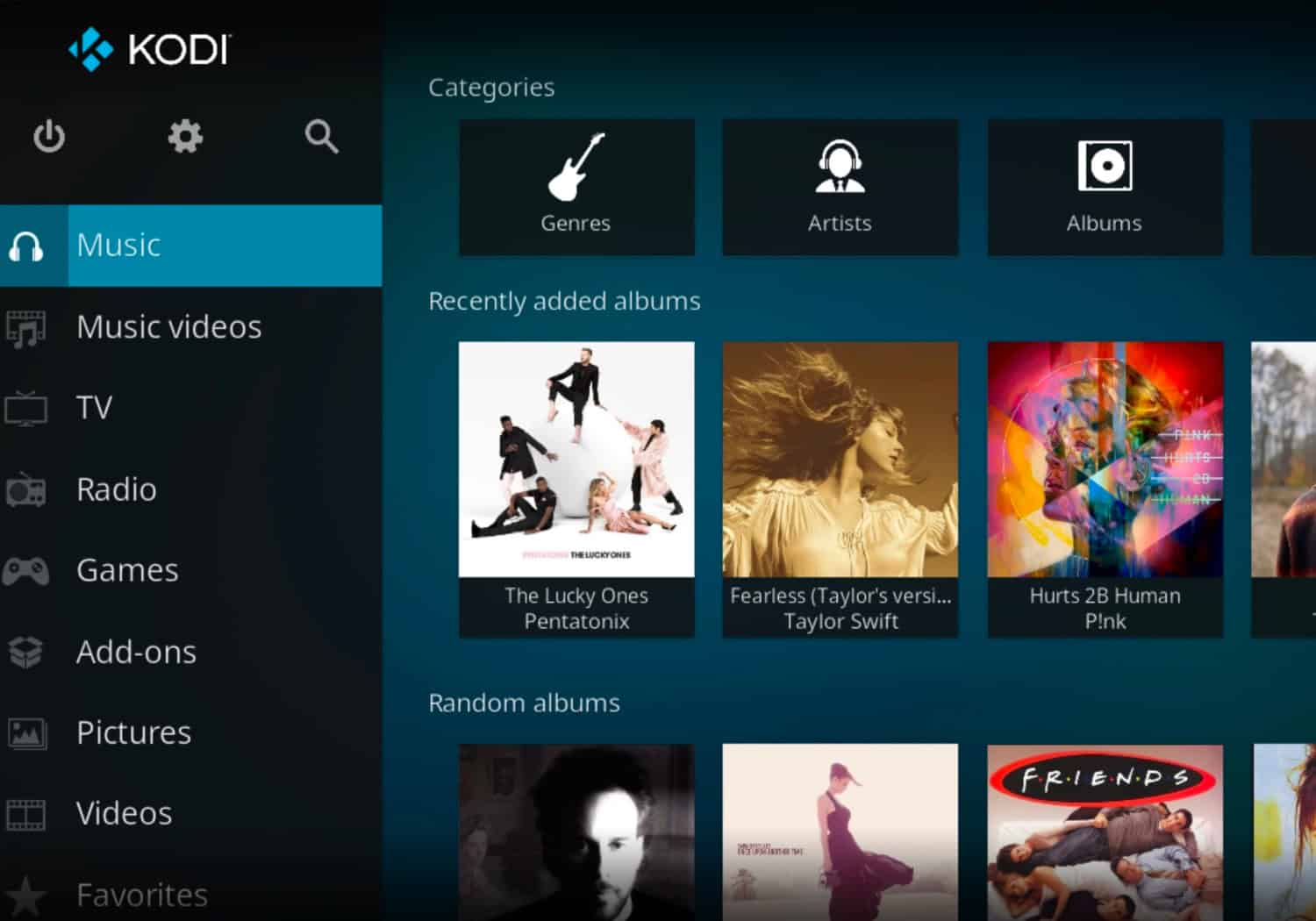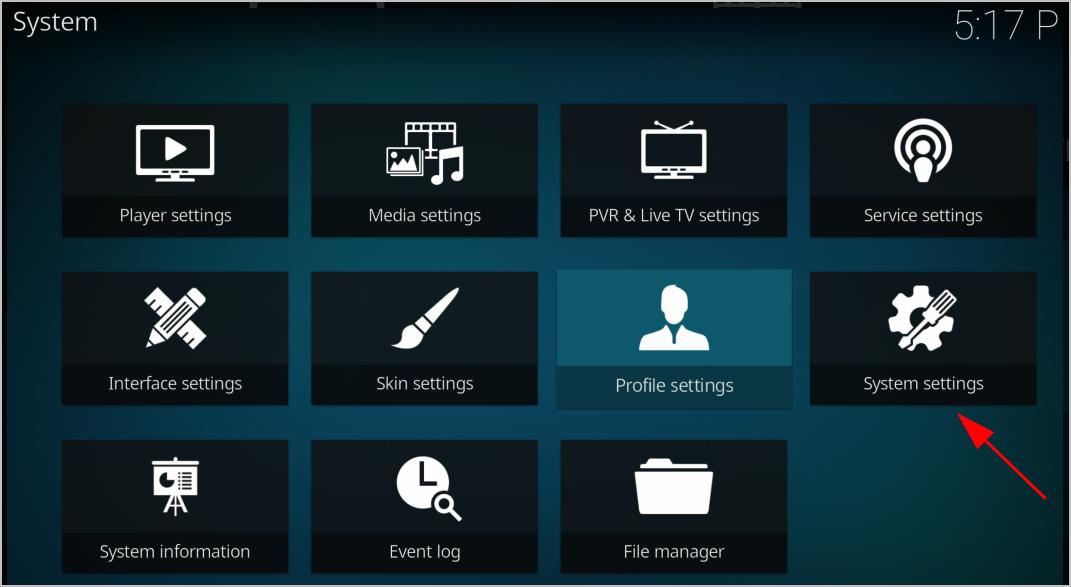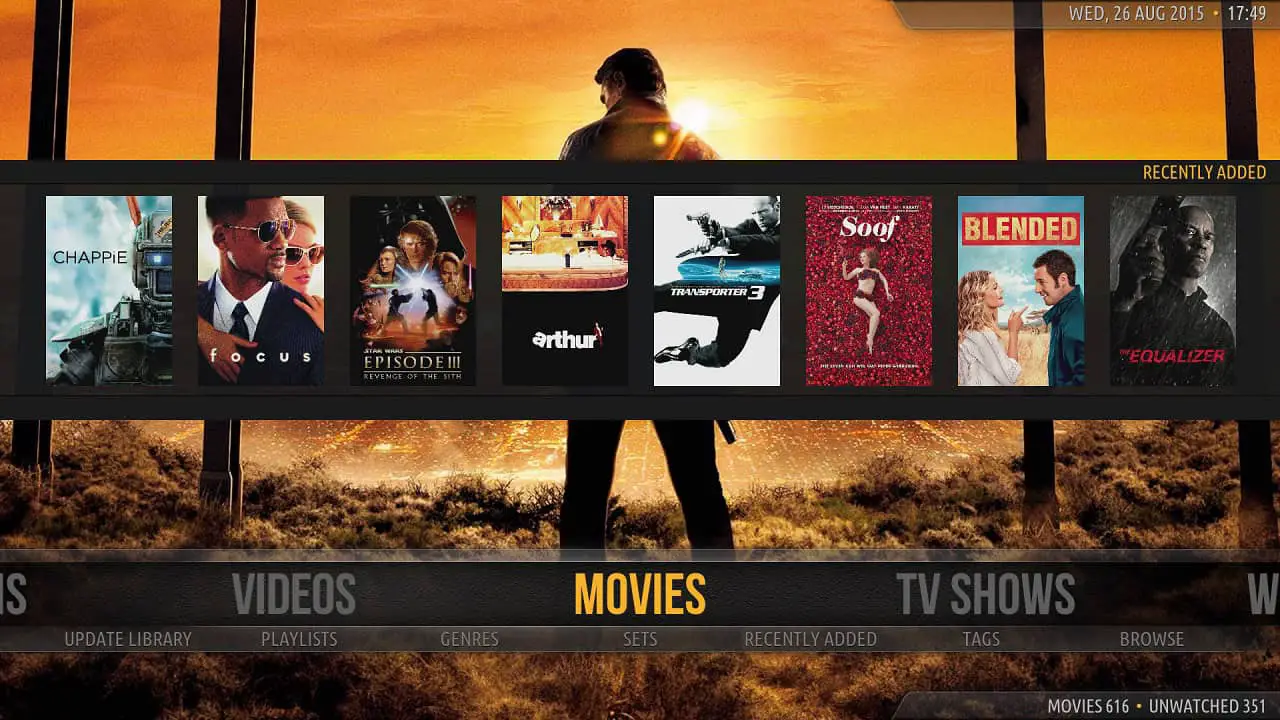Kodi is free media player software that anyone can use. It used to be called XBMC. With Kodi, you can listen to podcasts, music, and play stuff from your own devices, the internet, or other computers on your network. You can control it with things like a keyboard, remote control, or even apps on your smartphone. One of the coolest things about Kodi is that you can make it look and work just how you like it. You can add extra stuff to it with plug-ins and add-ons. Plus, it can play stuff from streaming services and online places, all tailored to what you like. Learning how to make your own custom setup with Kodi is a good thing to know.
To begin with, download the recent version of kodi for your device. Choose the language you prefer and your location. Then you must select the media sources you want in your custom kodi, and then you can customize your appearance for Kodi. Enable the add-ons. After this, you can customize the system settings and change settings. Then add it to your media library. Now, you are good to go.
This article will walk you through the process of creating your own custom Kodi build and reaping the benefits of it. Here is a guide on installing Whitecream on Kodi.
Table of Contents
Why create a custom Kodi Build?
One of the greatest benefits of having your kodi build construct is that you pick the subject, skin, and set as indicated by your decision. So when you start to peruse Kodi, the experience will be much more charming and smooth, as it will take care of your particular necessities. You can also check out these top Kodi builds to download.
- Personalization and enhanced user experience: When the client pursues a choice of building their own custom Kodi, it has various benefits. For instance, the client can set the media library according to his preference. You can add the items you like and need the most to improve your client experience. It will be beneficial if the client intends to get kodi on multiple gadgets. All this will save the client a ton of valuable time and exertion. Then, designing every device independently will be optional at that point.
- As kodi is entirely customizable, clients can take total freedom with it. The entire experience of utilizing Kodi is customizable with the assistance of additional items and modules accessible.
- Amateur agreeable connection point: By making your custom form, you can simplify the interaction point for novices by pre-arranging the pre-designing settings.
Getting started with Kodi
Here’s a step-by-step guide to completing the initial setup and essential settings:
- Kodi setup: Download the most recent version from the official website (https://kodi.tv/download). Follow the installation instructions. Follow these instructions to download Kodi for Samsung TV.
- Initial Setup: You will see the default interface when launching Kodi. Choose your preferred language and location.
- Include Media Sources: Media sources must be included. These can be local folders, network shares, or streaming sources on your device. Return to the main screen and choose “Add-ons” from the left sidebar, followed by “File Manager.” Select “Add source” and navigate your media folder or network share. Enter a name for the source and press “OK.”
- Customise Appearance: You can change the appearance of Kodi by installing different skins and themes. Go to “Settings” (gear icon) on the main screen, then “Interface settings.” The skin can be changed in the “Skin” section.
- Enable Add-Ons: Add-ons extend Kodi’s functionality. Navigate to “Add-ons” in the left sidebar and click “Download” to access the official Kodi add-on repository. Search the categories for add-ons and install them.
Improve Performance by Changing Settings
Here are some critical settings to optimize for maximum performance:
System Settings:
- From the main menu, select “Settings” (gear icon), then “System.”
- To access advanced settings, select “Expert” mode under “System.”
- Change things according to your preferences and hardware capabilities.
- Adjust to your preferences and hardware capabilities.
- In the “Display” section, you can change the resolution, refresh rate, and display mode.
- In the “Audio” section, configure audio output options based on your configuration.
Playback Settings:
- You can configure video playback options in the “Player” section of the settings.
- Modify options such as “Adjust display refresh rate,” “Sync playback to display,” and “Allow hardware acceleration.”
Network Settings:
- Configure network settings to ensure smooth streaming and access to networked content.
- Under “Network,” you can set up wired or wireless connections and adjust settings like cache size for streaming.
Services Settings:
- Configure settings related to remote access, web interface, and other services.
- You can enable the “Allow remote control by applications on other systems” option if you plan to control Kodi from other devices.
See also: The Best 10 Kodi Addons You Can Install Right Now In 2024
Add Your Media Library: Return to the main screen and select “Movies” or “TV Shows” from the left sidebar after adding media sources. Select “Files” to access your newly added media sources.
Explore and Enjoy: You’re ready to explore and enjoy your content now that you’ve added your media sources and configured your settings. Navigate your media library, use add-ons to get more content, and customize your Kodi experience.
If you have an issue with the Kodi Genesis and it is not working, check this article out.
Creating your Custom Kodi Build
The process of building a custom Kodi build involves customizing the software according to your needs, such as choosing the suitable skin, installing the necessary add-ons/repository, customizing the settings, and maybe even using tools such as the Batch installer to speed up the setup process.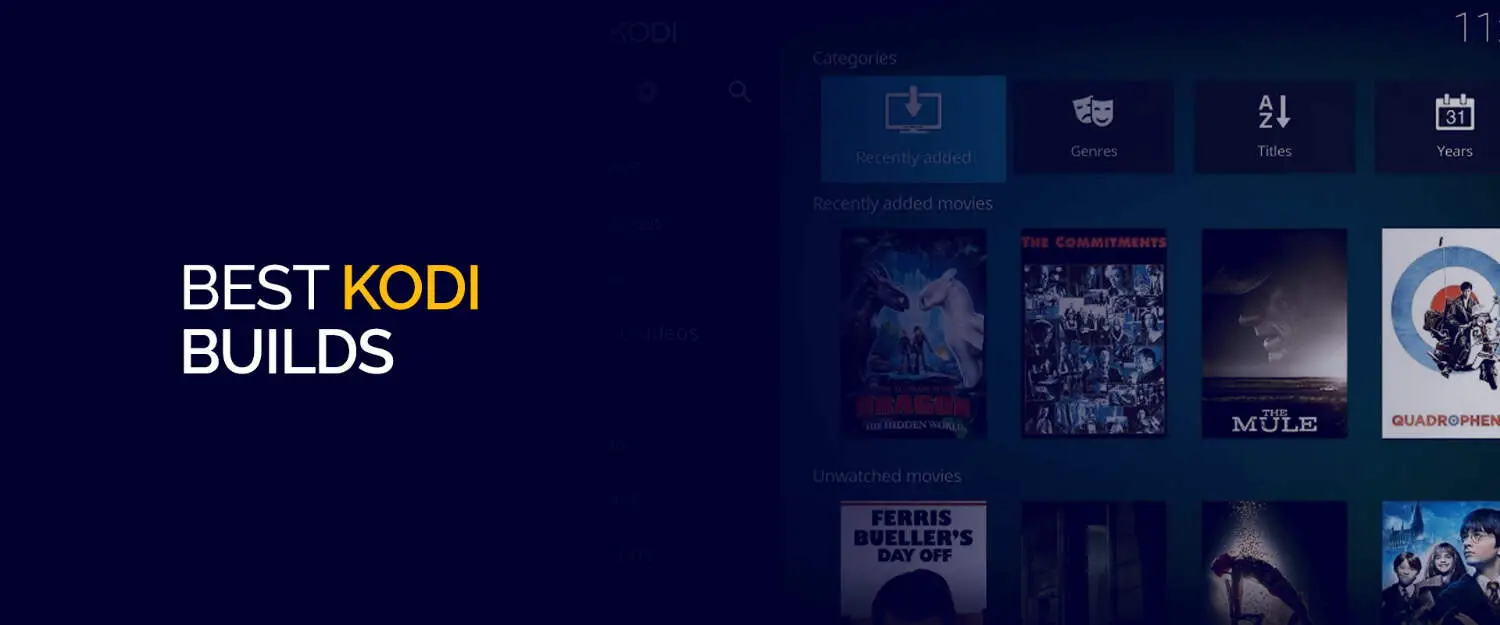
Remember that creating a custom Kodi build necessitates technical knowledge, especially if you intend to use tools such as batch installers. DIY kodi build can also be time-consuming, as you’ll need to update add-ons, repositories, and configurations regularly to ensure everything remains functional and secure.
On Kodi, you can customize the skin’s settings to match your desired aesthetic and usability. Using a batch installer for Kodi will require coding or scripting skills. There are frameworks and tools available online that help you create these installers. Also, be cautious of distributing builds with copyrighted content or third-party add-ons that may have legal or security implications.
A step-by-step guide to creating a Kodi build
- Customize Kodi Build: Make Kodi yours by choosing the right skin that matches your style. Go to “Settings” > “Interface settings” to pick your skin. Add-ons expand Kodi’s abilities. Navigate to “Add-ons” and access the Kodi add-on repository to find and install what you need. Be cautious with third-party repositories.
- Tweak Settings: Adjust Kodi’s settings to your liking and improve performance. Configure playback, audio, network settings, and more. Organize your media sources and enable or disable features.
- Consider a Batch Installer: Some users create batch installers to simplify setup. These tools can set up add-ons, repositories, and settings automatically.
- Backup Your Setup: After customization, back up your settings in case you need to restore them. Install a backup add-on under “Add-ons” > “My add-ons” > “Programme Add-ons.”
- Test Your Build: Thoroughly test your customized Kodi build to ensure everything works as intended. Check media playback, add-ons, and usability.
- Share Your Build (Optional): If you’re proud of your build, you can share it with others.
See also: How To Install Kodi 19.4
Advanced Customization Steps
Configuring add-ons and repositories, using built-in commands, and implementing JSON-RPC commands for enhanced functionality are all part of advanced Kodi customization.
Here are some advanced user tips on custom builds kodi:
Setting up Add-ons and Repositories
Many add-ons have advanced settings that allow you to fine-tune their behavior. These options can be found in the settings menu of each add-on. Experiment with these settings to customize add-on behavior.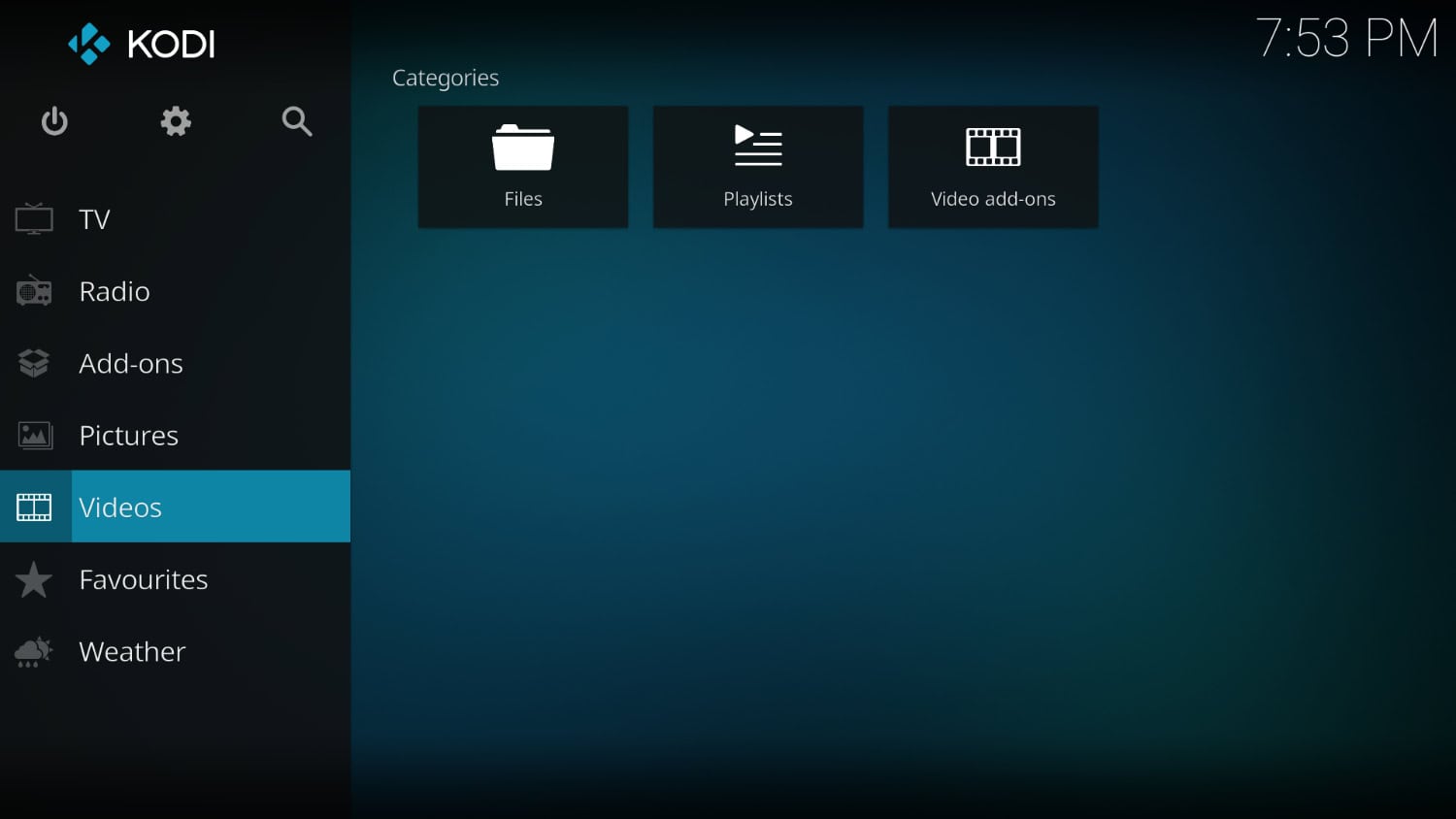
- Source Priorities: If you’ve got lots of places to get your media from, you can tell Kodi which ones to use first. This helps make sure it picks the best one.
- Trakt Integration: Some add-ons can work with Trakt. Trakt is like a tool for keeping track of what TV shows and movies you’ve watched. It can sync up what you’ve seen on different gadgets and give you tips based on your watching.
- Customize Subtitle Services: You can change how Kodi handles subtitles. Make it grab subtitles in your preferred language and set up how they show on the screen.
See also: 5 Top Repository For Kodi You Can Download
Utilizing Built-In Commands
- Kodi allows you to tweak keymaps to appoint specific activities to the controller buttons and console in alternate ways. That’s what to do; you should open a registry named “keymaps” in the client information organizer for your Kodi gadget.
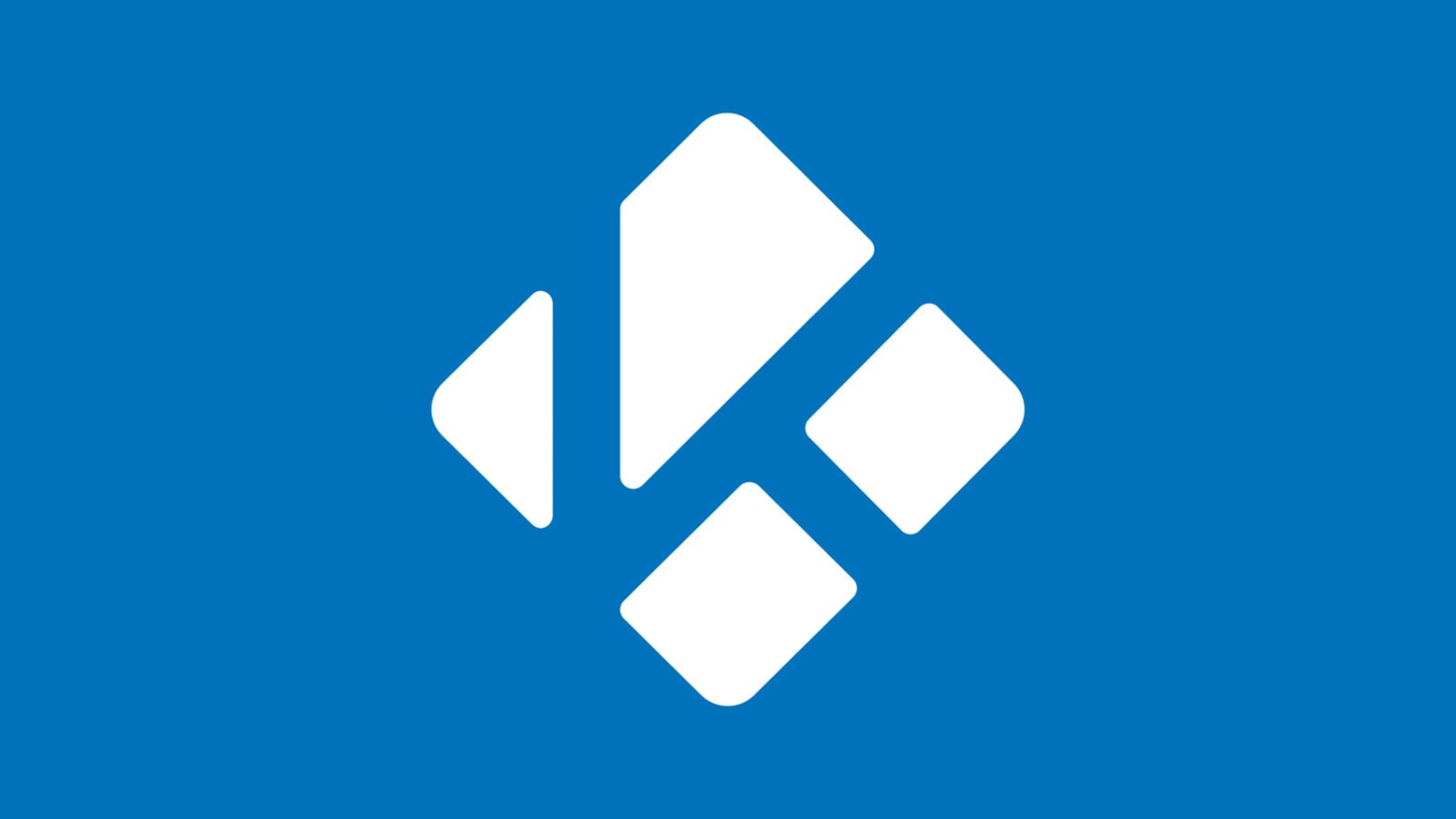
- Also, there’s a built-in Kodi search feature you can use to quickly find stuff in your library or add-ons. This is super helpful if you have a big collection of stuff.
- You can also make playlists that fit your needs using Smart Playlists. For example, you can make a playlist based on things like genre, rating, or year.
Implementing JSON-RPC Commands
JSON-RPC is a way to talk to Kodi from afar using API commands. It’s mostly for folks who are good at computer stuff and want to control Kodi in fancy ways.
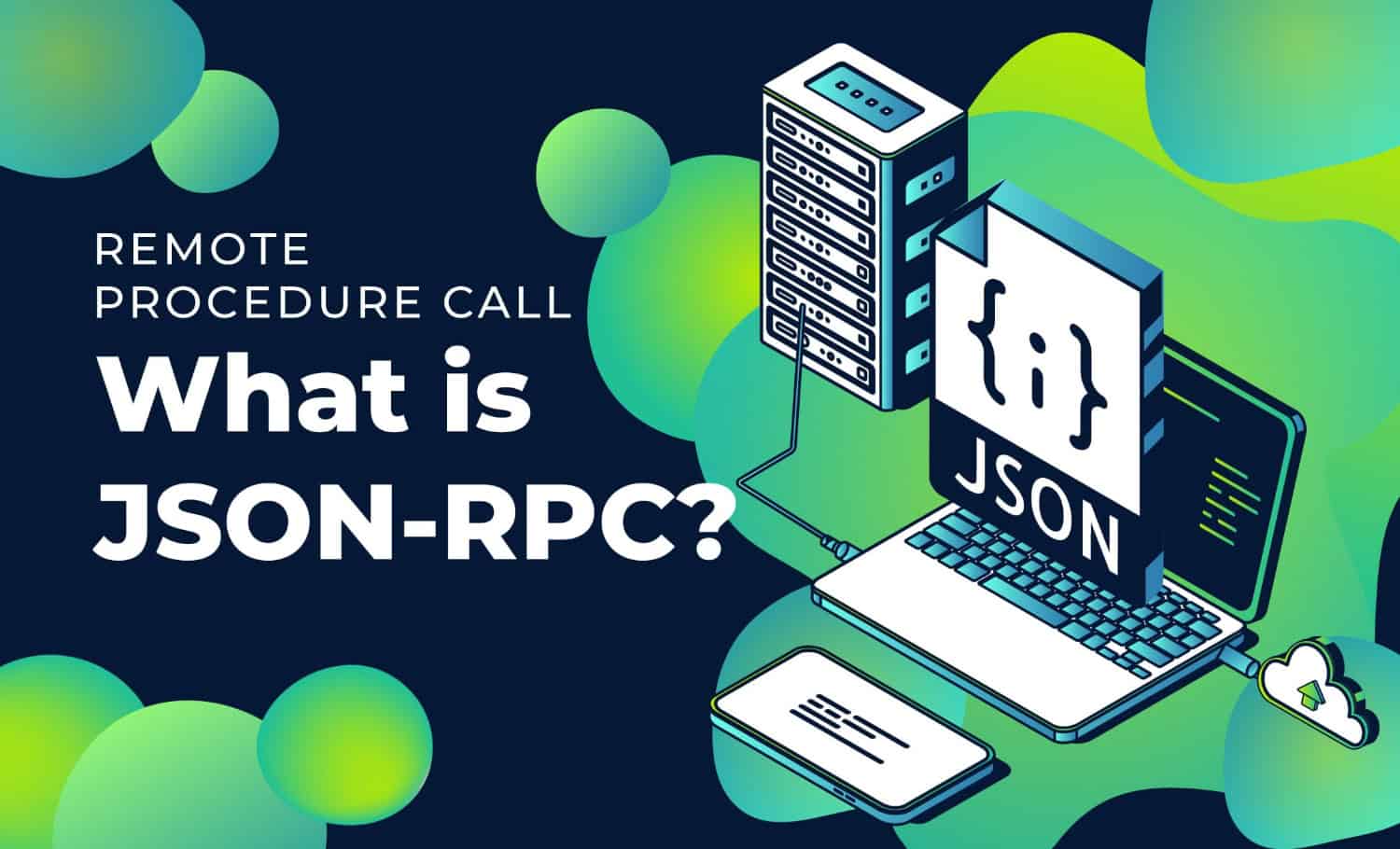
- Automate Tasks: You can use JSON-RPC to automate tasks like updating the library, controlling playback, and retrieving media information.
- Custom Interfaces: Advanced users can create user interfaces by retrieving information and controlling Kodi via JSON-RPC. This is useful for creating remote control apps or integrating Kodi with home automation systems.
- Web Interface: The web interface of Kodi allows you to control and manage it remotely via a web browser. To communicate between the web interface and Kodi, JSON-RPC commands are used.
Custom Skin Modding
If you’re familiar with coding and design, you can create custom modifications to your chosen Kodi skin. This can involve changing layouts, adding new elements, and enhancing the visual experience.
Skin modding requires a deep understanding of Kodi’s skinning engine and might involve working with XML, images, and scripting languages.
You should follow these steps after learning to make a custom build for kodi.
Hosting and Sharing your Kodi Build
Benefits of Hosting on GitHub
- Version Control: GitHub allows you to track changes to your build over time.
- Allowing others to contribute to the repository, report bugs, and suggest improvements enables you to collaborate with others on your build.
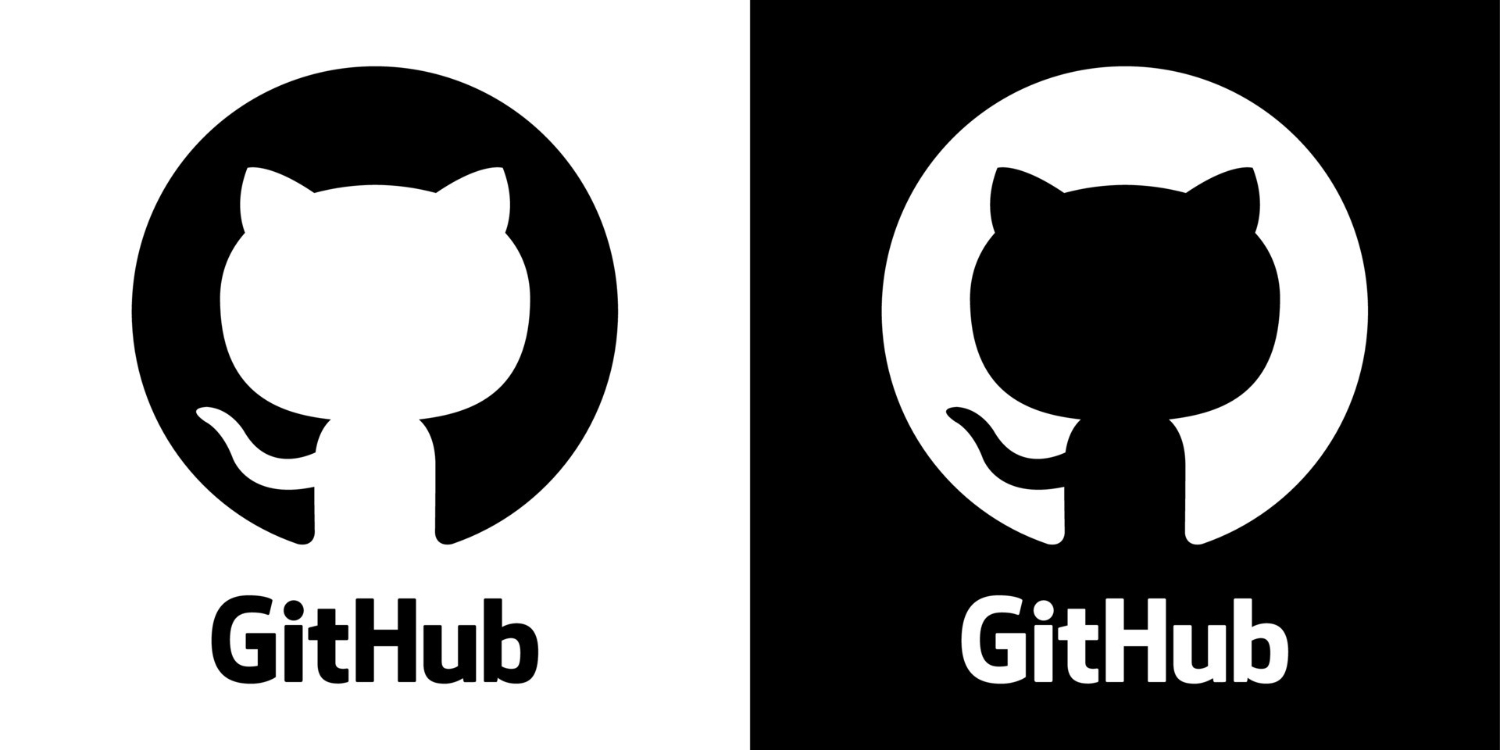
- Simple Sharing: Hosting your custom Kodi build on GitHub allows users to download and access your custom Kodi build from a single location.
- Public or Private Repositories: You can make your repository public or private depending on your preferences.
Steps to Upload and Share Your Custom Build
These are the steps for how to make a custom build for kodi:
1. Create a GitHub Account: If you don’t already have one, create one at https://github.com/.
2. Establish a New Repository: Sign in to GitHub, then click the “+” icon in the top-right corner, followed by “New repository.” Select a repository name and whether it should be public or private.
3. Clone Your Repository: It must be cloned to your local machine. You can do this with Git software or command-line tools.
4. Organize Your Build Files: Organize your Kodi build files, including the custom skin, settings, add-ons, and other components.
5. Commit and Push: Add your build files to the repository in the local repository folder on your computer. Use Git commands to commit and push your changes to your GitHub repository.
6. Release Your Build: Navigate to the “Releases” tab on your GitHub repository’s page. Choose “Create a new release.” Enter a version tag and a release title (for example, “v1.0” or “Initial Release”). Attach your build files (ZIP files, installation scripts, etc.) to the release.
7. Share the Download Link: Once the release is created, you’ll see a download link for your build. Share this link with others who want to download it.
8. Provide Instructions: Include instructions in your repository’s README file or a separate document on how users can install and use your custom Kodi build.
9. Update and Maintain: Commit changes and updates to the repository, create new releases, and update the download links as you make them.
Safety and security considerations
Utilizing a VPN with Kodi assists you with remaining no problem at all on the web. It encodes your web traffic, so you can’t be followed by outsiders, similar to your web access supplier (ISP). It likewise assists you with trying not to be choked, which happens when an ISP purposely eases back your web association.
Furthermore, it encodes your information, so programmers can’t access it. You can likewise utilize a VPN with Kodi to sidestep geological limitations so that you can peruse from any place on the planet. That’s what you recall whether you involve Kodi for deluges or P2P sharing, you’ll require a VPN to conceal your IP address.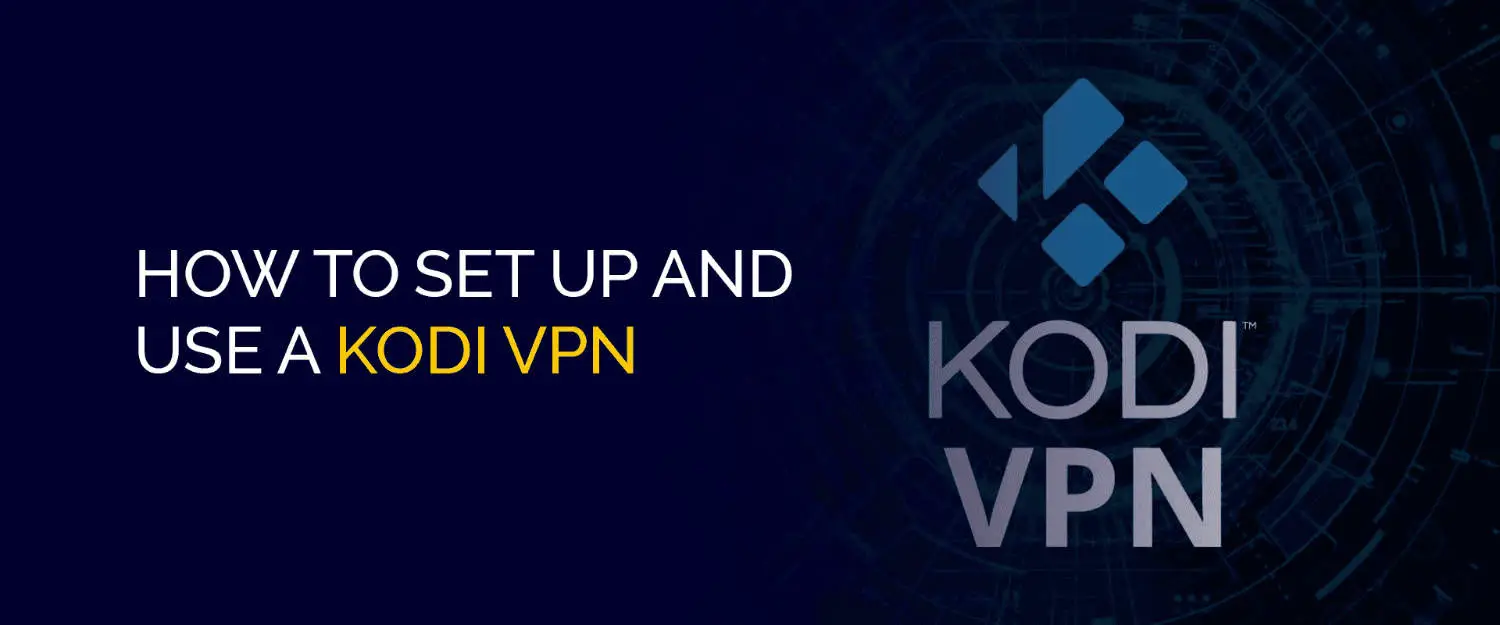
The following VPN services are frequently recommended for Kodi users:
- ExpressVPN: This service is famous for being speedy, safe with strong encryption, and having lots of servers.
- NordVPN: This one also has many servers, is very private, and is easy to use.
- CyberGhost: With lots of servers, easy software, and good security, this one’s a solid choice.
- IPVanish: They have a special feature for Kodi that lets you use their servers.
- PIA: They offer various servers, strong encryption, and easy-to-use apps.
FAQs
Do I need to be a developer to create a custom build?
Programming skills can be helpful for more advanced customization, but essential custom building only sometimes requires programming skills. You can create a custom experience using existing plug-ins, skins, and settings. But they are optional in learning to make a custom build for kodi.
Can I include copyrighted content in my design?
Adding copyrighted content without permission can lead to legal and ethical issues. To avoid legal problems, it is recommended to include legal and authorized attachments and sources.
How do I add plug-ins to my custom build?
You can add add-ons to your custom build by going to the Add-ons section in Kodi. You can install add-ons from either the official Kodi repository or third-party repositories. When installing add-ons, always be careful and make sure that they are safe and legal.
Can I show my custom build to others?
Yes, you can share your custom build with others, but be careful about the content and plug-ins you use. Ensure you don't share copyrighted or pirated content and provide clear installation and usage instructions.
How should my custom build be packaged and distributed?
To automate the installation of plug-ins and settings, include a package installer in your custom build. Once you've filled out the form, you can share it through a file-sharing service, your website, or even a third-party platform like GitHub.
Conclusion
In this article, we looked at making a personalized Kodi setup. Custom Kodi setups let you tweak how it looks, its settings, and the stuff you watch to make it more enjoyable and easy. You can set up the add-ons, extras, and where you get your stuff to make it simple when you install Kodi on different devices. This way, it’s easier to manage, and you don’t have to spend as much time updating it.
These setups can be helpful for showcasing a home’s features, especially for demos or exhibitions. They help you keep your media collection organized and make sure you can easily find and enjoy your stuff. If you want to get into more technical stuff, you can explore Kodi customizations, like messing with XML and playing around with how it looks.
You might even learn how to make package installers or do some basic coding. Just remember, customizing Kodi is about finding what you like. So, don’t be afraid to try making your own setup. Even if things don’t go perfectly, you’ll learn and improve along the way, even when you run into problems.

Dedicated group of Computer Engineers making tech updates accessible to all. Our dream is to simplify and share tech news with everyone.
